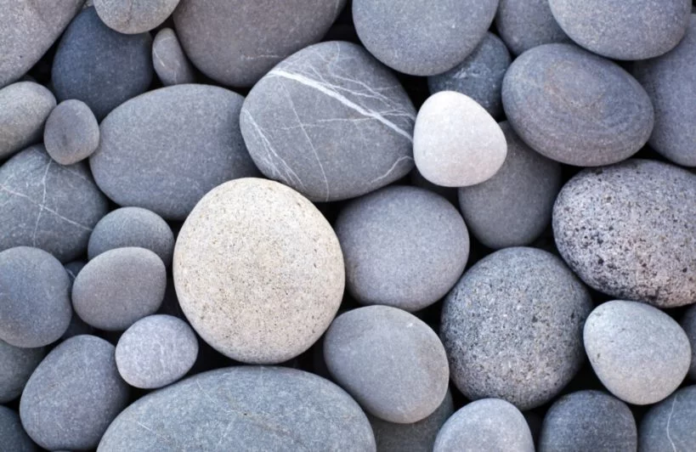By Eric Yang and Simon Li
Pebbles or Rocks?
While this question may have seemed trivial in days bygone, now it polarizes even the Swiss. In this article, we will settle this dilemma once and for all using “concrete facts” and “scholarly sources.”
The Case for Pebbles
The first argument for pebbles comes from Australian Natural Landscapes (https://anlscape.com.au/), an authoritative source of information in the so-called “Pebble Gang”. A “pebble”, in this case, is a small rock, typically between 4 and 64 millimeters. They are found virtually everywhere, including places like beaches, riverbeds, and toilets.
ANL’s claim is that pebbles are extremely useful for decorating. In our unobjective experience, we have found that adding just one pebble to your garden can improve its overall look and feel by up to 20 percent. The mesmerizing shape of what one might say is merely an insignificant stone appears to activate a deep, instinctual, and dare I say primitive response in humans that relaxes and soothes.
When one sees the perfect roundness and smoothness of a pebble, made by constant erosion, one can only appreciate its immense beauty. Many children, between the ages of five and nine, appreciate these pebbles so much that they make them their pets. These so called “pet rocks” are a popular form of entertainment in many countries, including the US.
Pebbles are considered so sacred in many cultures, such as the North Norfolk area, that removing them from the beach is illegal, according to the Coast Protection Act of 1949. In one article, the author even pleads the reader to not take pebbles from the beach, citing that they are very important and act as a natural sea defense. One man was almost fined 1,000 pounds for simply stealing these precious pebbles.
The following account of rocks was written by a rock with the help of a human directly translating from the rock language:
Rock’s big clumps of earth and not round. Rocks so good than pebbles. Rocks’ uses include the protection of many endangered animals and developing new technologies, as stated by the National Park Service. Jiooiawoiomoamoia (Are you sure that’s what it said?)
Rocks are also good for nutrition from consumption. Many people, such as Sylvia Moi, who was featured on a BBC news article, have an “irresistible” addiction to eating rocks, the taste of which she describes as neither sweet nor salty, but flour-like. These soft stones, called odowa, are becoming a sensation in Kenya, where the primary eaters of this delicacy are pregnant women. Obviously, this is because the valuable minerals in these rocks are essential for every growing child.
Another rock eater, Teresa, who was featured on a world-famous TV show on TLC, described how she got addicted to eating rocks, saying that she was attracted to the earthy taste and crunchy texture. With one bite, she was hooked. Now, she eats two pounds of these exotic (and common) rocks a day, only stopping for a few hours between mouthwatering snacks at most.
Other uses for rocks include being thrown in dire situations to quickly reverse the roles of attacker and victim, forever altering both individuals’ lives.
Verdict
While both pebbles and rocks have very important roles in human cultures, one reigns supreme over the other in almost every circumstance. In this article, we have proved the winner of this dilemma once and for all. The clear winner here is the…
STAY TUNED for the next article!

